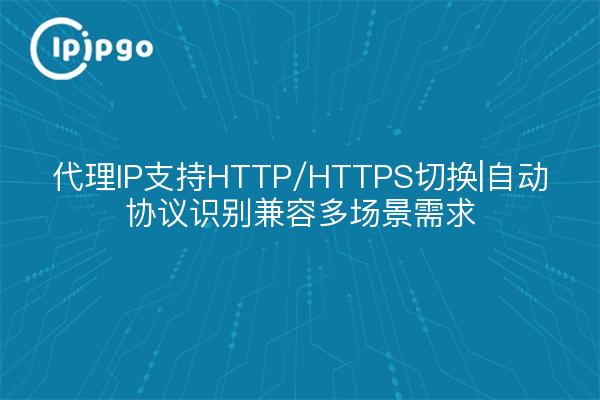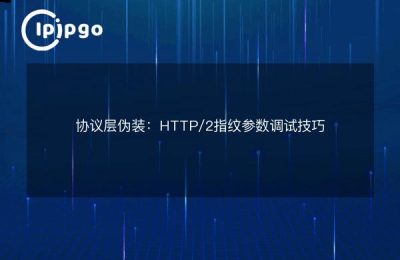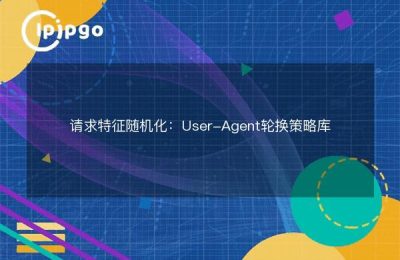
Protocol switching pain points in real-world scenarios
Many users in the use of proxy IP have encountered such a situation: obviously set up HTTP proxy, access to certain sites but shows that the connection fails; change to HTTPS configuration and then appear certificate verification problems. This protocol mismatch is like using a screwdriver to screw a nut - the tool and the demand for it does not match.
For example, an e-commerce platform product page is loaded with HTTP protocol, but the payment interface is forced to use HTTPS. traditional proxy needs to manually modify the configuration twice, which is not only cumbersome, but also prone to lead to the loss of session information. This is why it is necessary toSmart Protocol AdaptationThe solution.
One trick to solve the confusing agreement puzzle
The ipipgo proxy service has a built-inAutomatic Protocol Recognition SystemIt can analyze the target website as intelligently as an old driver judges the road condition. When the target address is detected to use HTTPS protocol, the encrypted channel is automatically enabled; when it encounters an HTTP request, the basic connection is maintained, and the whole process requires no human intervention.
| Traditional agency model | ipipgo smart mode |
|---|---|
| Manual configuration of the protocol type is required | automatic recognition protocol |
| Reconnect when switching | Seamless switching between hold sessions |
| May trigger security alarms | Perfect match for certificate requirements |
Protocol switching tips in the real world
For users who need fine-grained control over the protocol type, ipipgo offers two flexible modes of operation:
Mode 1: Manually specify the protocol
Setting the proxy protocol type explicitly in the request header is suitable for scenarios that require the fixed use of a certain protocol. For example, when data collection, HTTPS protocol can be set uniformly to guarantee transmission security.
Mode 2: Mixed mode configuration
pass (a bill or inspection etc)protocol=autoThe parameter turns on the smart mode, the system will automatically select the optimal protocol according to the target address. This mode is especially suitable for the scenarios where you need to access multiple protocol services at the same time, such as the case where you need to get ordinary web pages and interface with API interfaces at the same time.
Application facts in different industries
A cross-border e-commerce team has increased its data collection success rate from 781 TP3T to 961 TP3T after using the Intelligent Protocol Agent. they configure their workflow this way:
1. Master access using automatic protocol recognition
2. Image resource loading by HTTP proxy
3. User behavior tracking via HTTPS channel
this kind ofthree lines of communication in parallelconfigurations, both to ensure the security of critical data and to improve the speed of loading resources.
Guidelines on demining of common problems
Q: Does protocol switching affect request speed?
A: ipipgo's protocol switching is accomplished during the handshake phase, and no additional delay is incurred during the actual data transmission phase. The measured data shows that the smart mode is also 5-8% faster in response than the fixed protocol mode.
Q: How do I deal with uncommon protocols?
A: ipipgo technical support SOCKS5/HTTP/HTTPS full protocol coverage, while equipped with protocol-compatible modules. In case of special protocol requirements, the technical team provides customized solutions.
Q: Does automatic identification leak request information?
A: The identification process only detects the protocol type without parsing the content, and all data transmission is done through encrypted tunnels. ipipgo uses military-grade encryption technology to ensure that the data is protected throughout the process.
Through the rational use of ipipgo's protocol management function, users can not only avoid common protocol conflict problems, but also flexibly combine the use of programs according to business needs. Its core advantage lies in encapsulating complex technical implementations into simple and easy-to-use services, so that users of different technical levels can efficiently accomplish their work goals.








